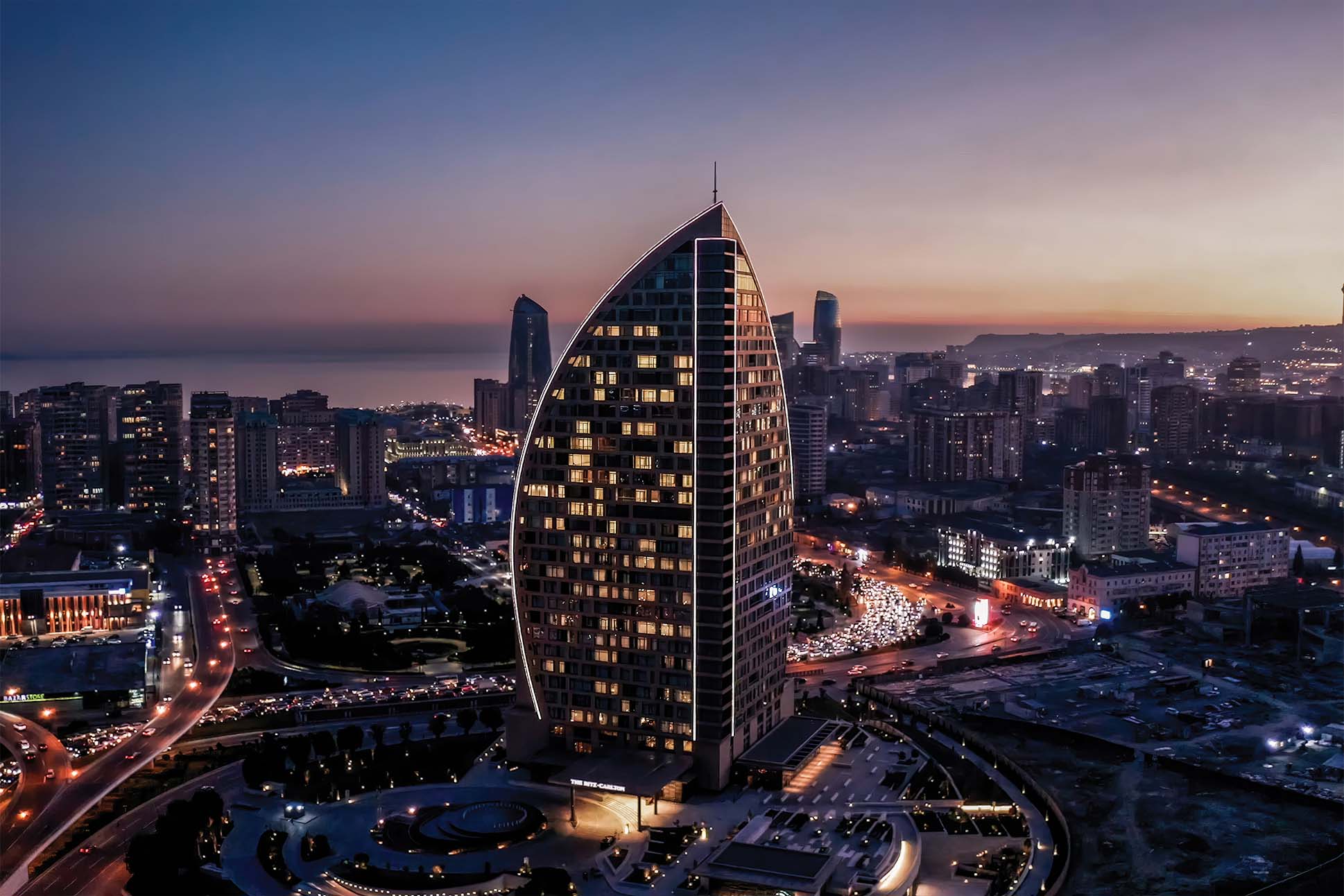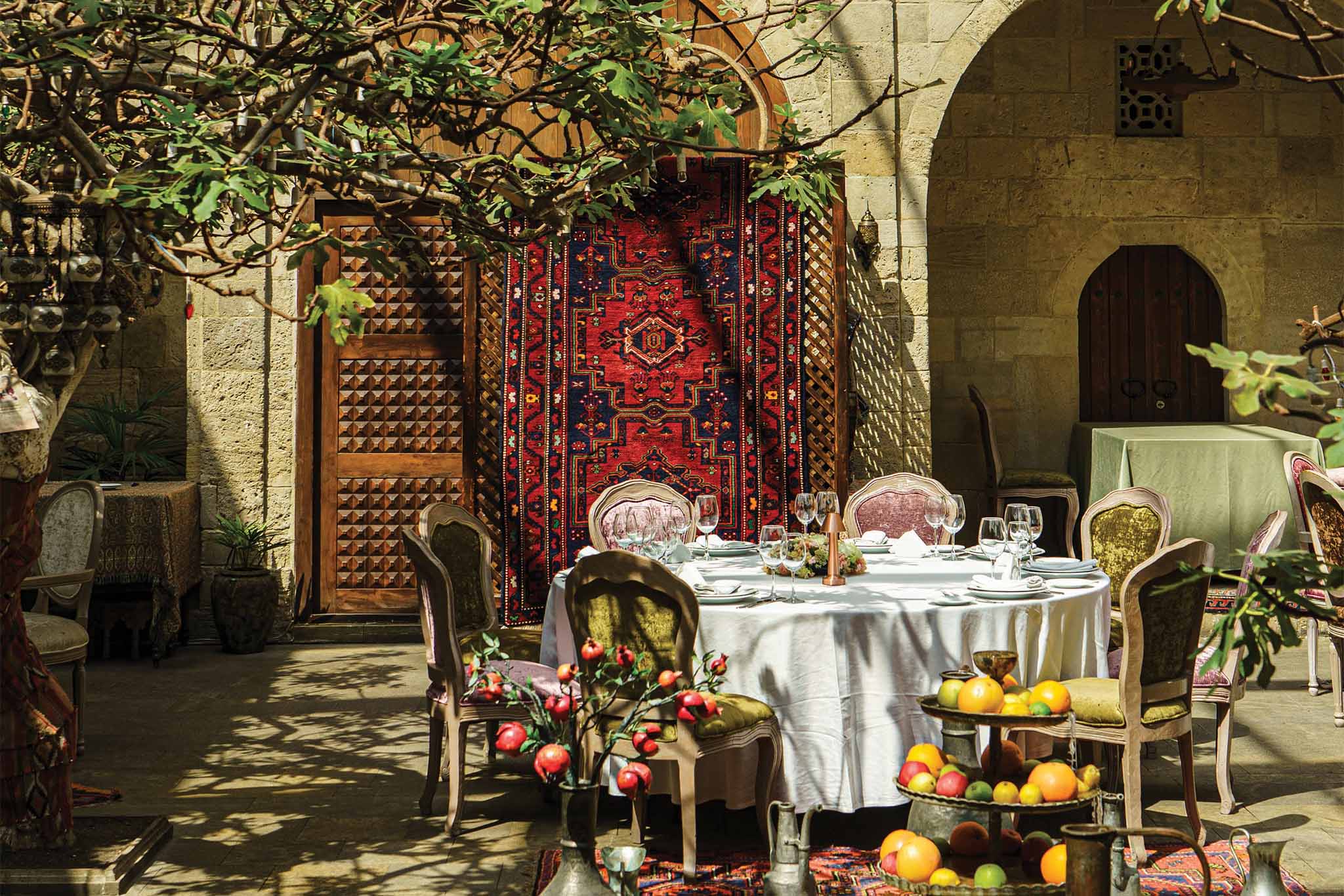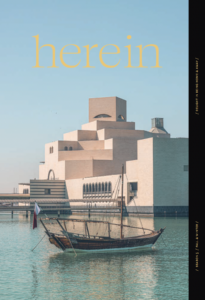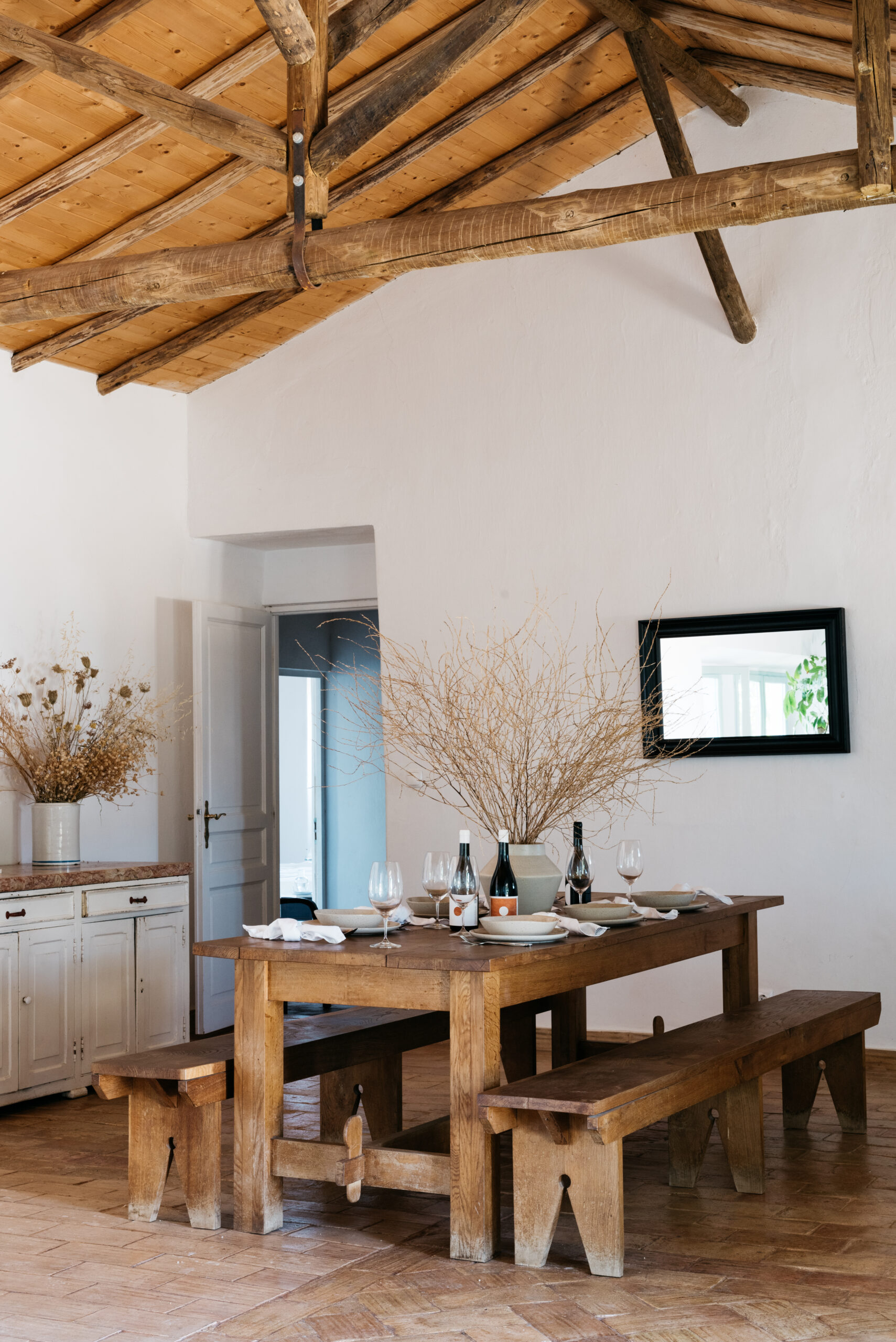Text and Photography by Chris Schalkx
Baku, the capital of Azerbaijan, rises from the Caspian Sea like a mirage. This city of oil, fire, silk, and steel has an identity as fluid as the waves that lap onto the century-old promenade hemming its waterfront. To the untrained eye, it might seem like an unlikely cultural capital, suspended between Europe and Asia, shaped by Soviet rigor and Persian poetry. But linger long enough, and you’ll see: Baku doesn’t just embrace its multicultural past—it propels it boldly into the future.
The first thing you notice is its architecture, because Baku insists that you do. The Heydar Aliyev Center, designed by the late Zaha Hadid, erupts from the ground like a twirling ribbon, a building so smooth it seems to have rejected the idea of corners entirely. A few miles to the south, the LED-lit Flame Towers rise from behind the turrets and cupolas of the ornate oil barons’ mansions that have lined downtown’s Istiglaliyyat Street since the 19th century. Gani Nasirov, a Baku-based architectural historian and guide, calls it “oil heritage,” not just as a reference to the fossil fuels that built the city’s fortunes, but to the architectural ambitions that came with them.
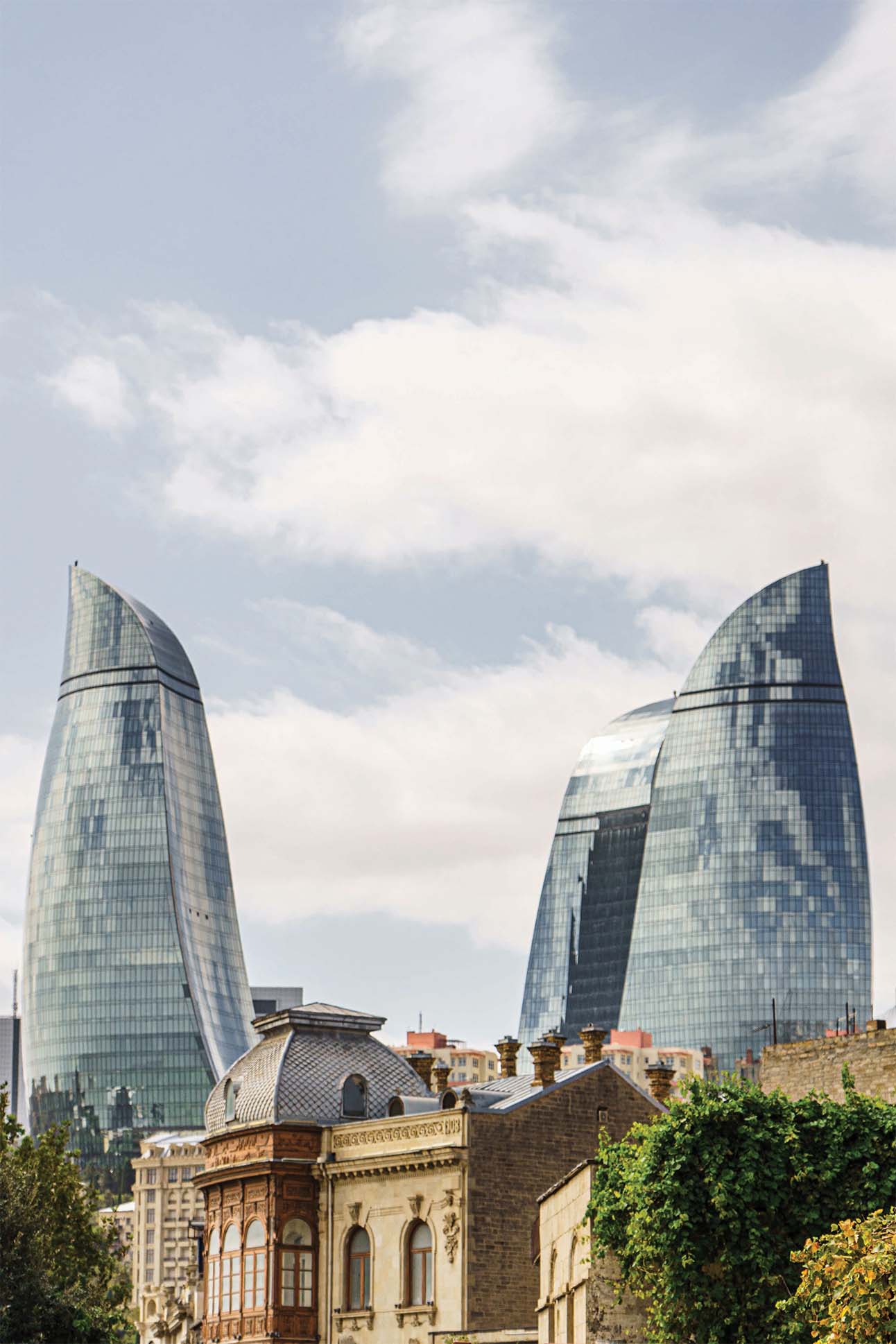
“As a Silk Road outpost, Baku has always been part of global movements,” Nasirov says. “Oil has further industrialized this city. It mechanized day-to-day life and brought in architects and manpower from all over. You can see European belle epoque influences, Soviet avant-garde, Middle Eastern mysticism, and now, futuristic ambitions. It’s all there, layered in stone and steel.”
It’s not just the buildings that tell the story of Baku’s shifting identity through the ages. Nowhere is Baku’s eclectic cultural mix more apparent than in its art scene. Inside the YARAT Contemporary Art Space, taking over a former naval building in the south of town, established and emerging Azerbaijani artists such as Rashad Alakbarov and Agil Abdullayev deconstruct symbols of the country’s past and fuse them with themes of its fast-moving present. Among the early exhibitors was visual artist Faig Ahmed, now one of Azerbaijan’s most internationally recognized creatives, known for his surrealist distortions of traditional Azerbaijani carpets. “Baku sits at the crossroads of cultures, nationalities, religions, and modern influences,” Ahmed says. “The contemporary art scene is thriving and continuously evolves. Fresh and vibrant talents emerge almost every day.”
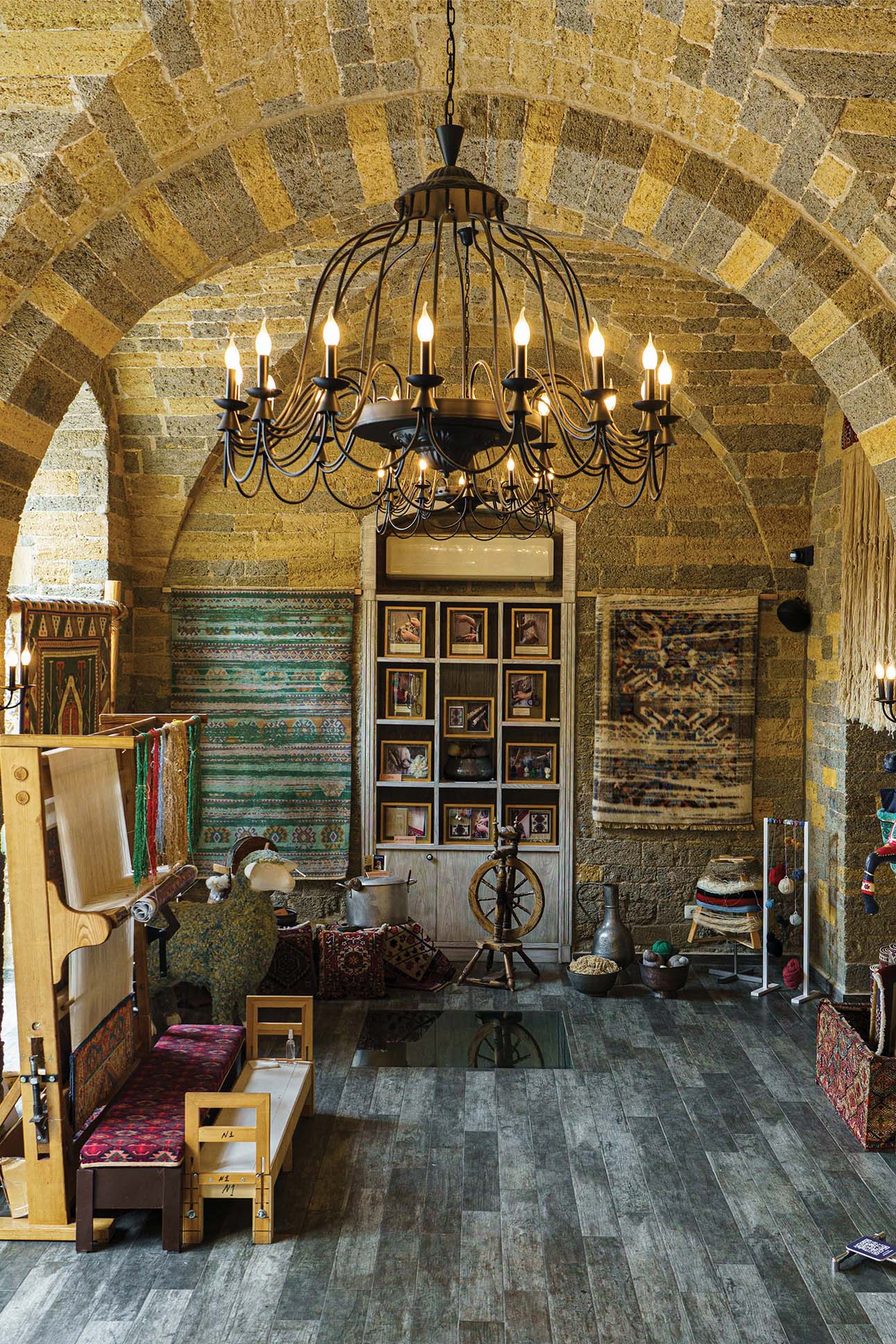
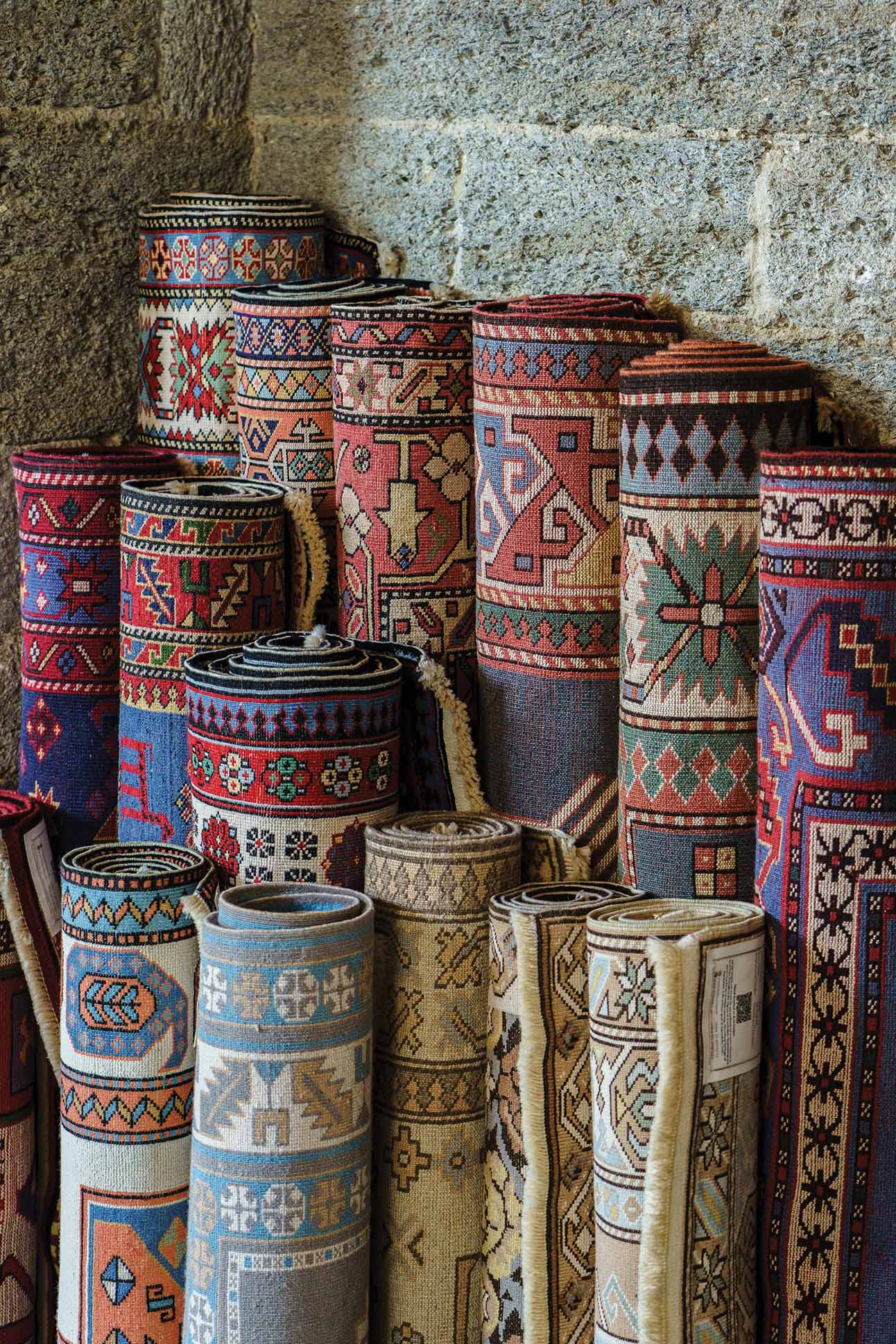
Ahmed rattles off a list of names to watch: Aida Mahmudova, YARAT’s founder and a mixed-media artist, whose works explore the changing Azerbaijani landscape; sound artist Farhad Farzali, who fuses anthropological research with contemporary music into a type of neo-folklore; and Iranian Azerbaijani painter Farhad Nikfam, whose kaleidoscopic pieces meet at the confluence of post-Soviet, south-Caucasian, and Persian culture.
A true melting pot, Baku’s creative set looks to its multicultural past to inform a flourishing and original urban landscape.
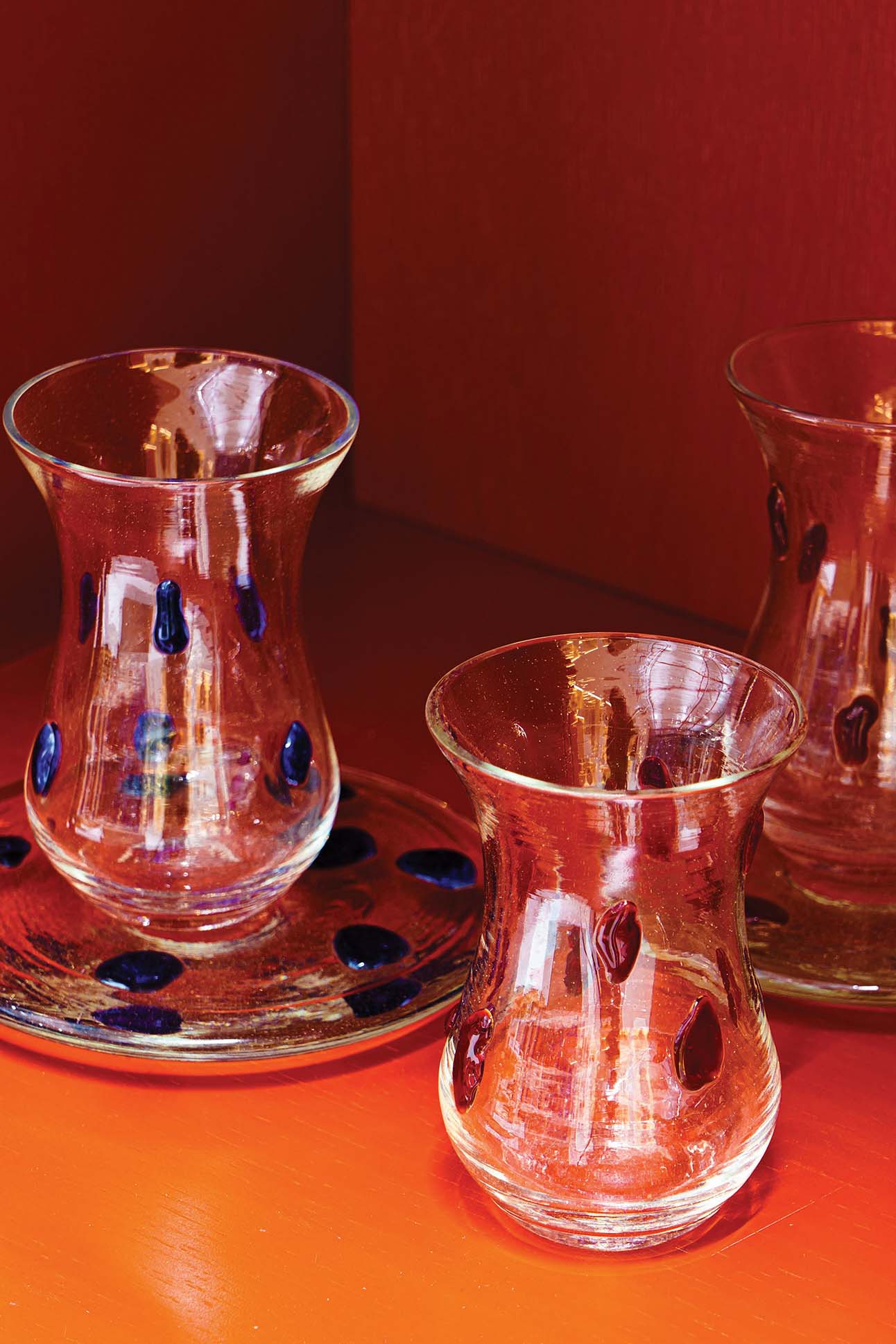
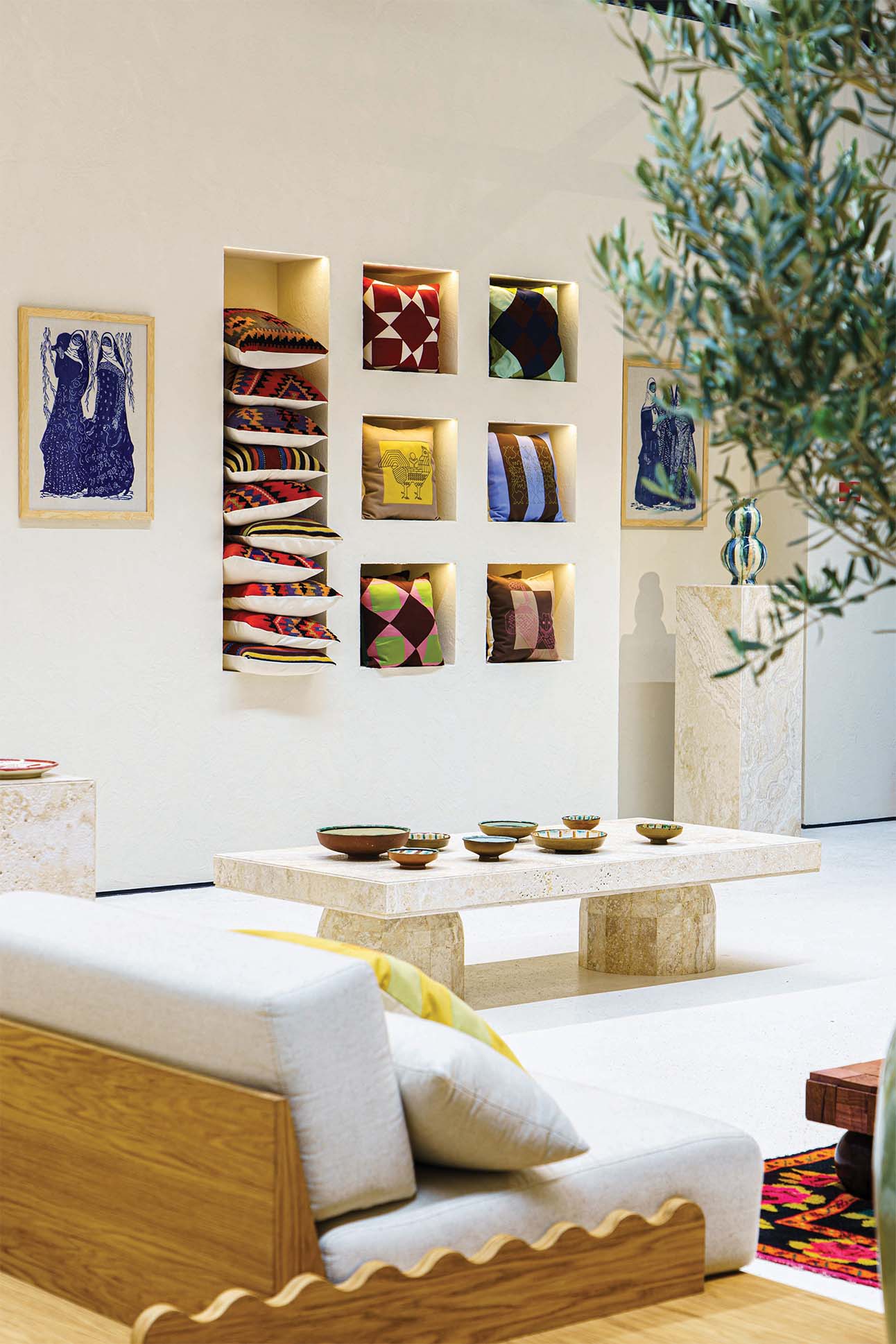
Their canvases and installations are scattered around a growing lineup of contemporary art spaces across the city, such as YAY Gallery and Salaam Art Temple.
Baku’s creativity isn’t confined to its galleries. It spills out into the streets, into its concept stores, restaurants, and fashion boutiques. Azerkhalcha, a carpet store in the heart of the Old City, works with female artisans from traditional weaving communities around the country to keep one of Azerbaijan’s most emblematic craft traditions alive. It’s a great spot to pick up a classic Garabagh or Tabriz rug, but it’s the limited-edition capsule collections, made in collaboration with contemporary designers (such as the aforementioned Faig Ahmed), you’ll want to keep an eye out for. At Stock, a boutique that doubles as a fashion design incubator, local labels such as Çovğun and Scandal draw inspiration from Soviet street style.
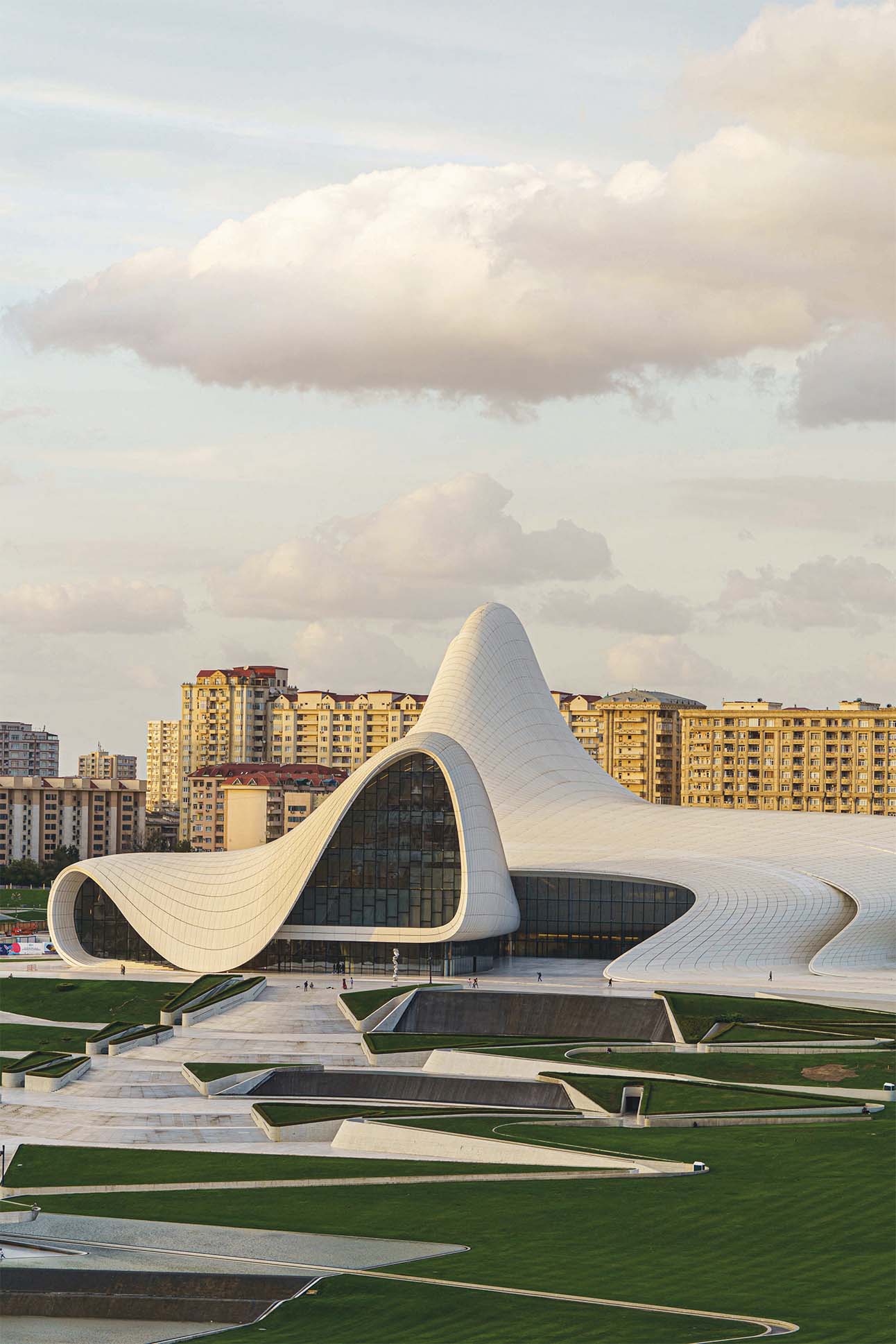
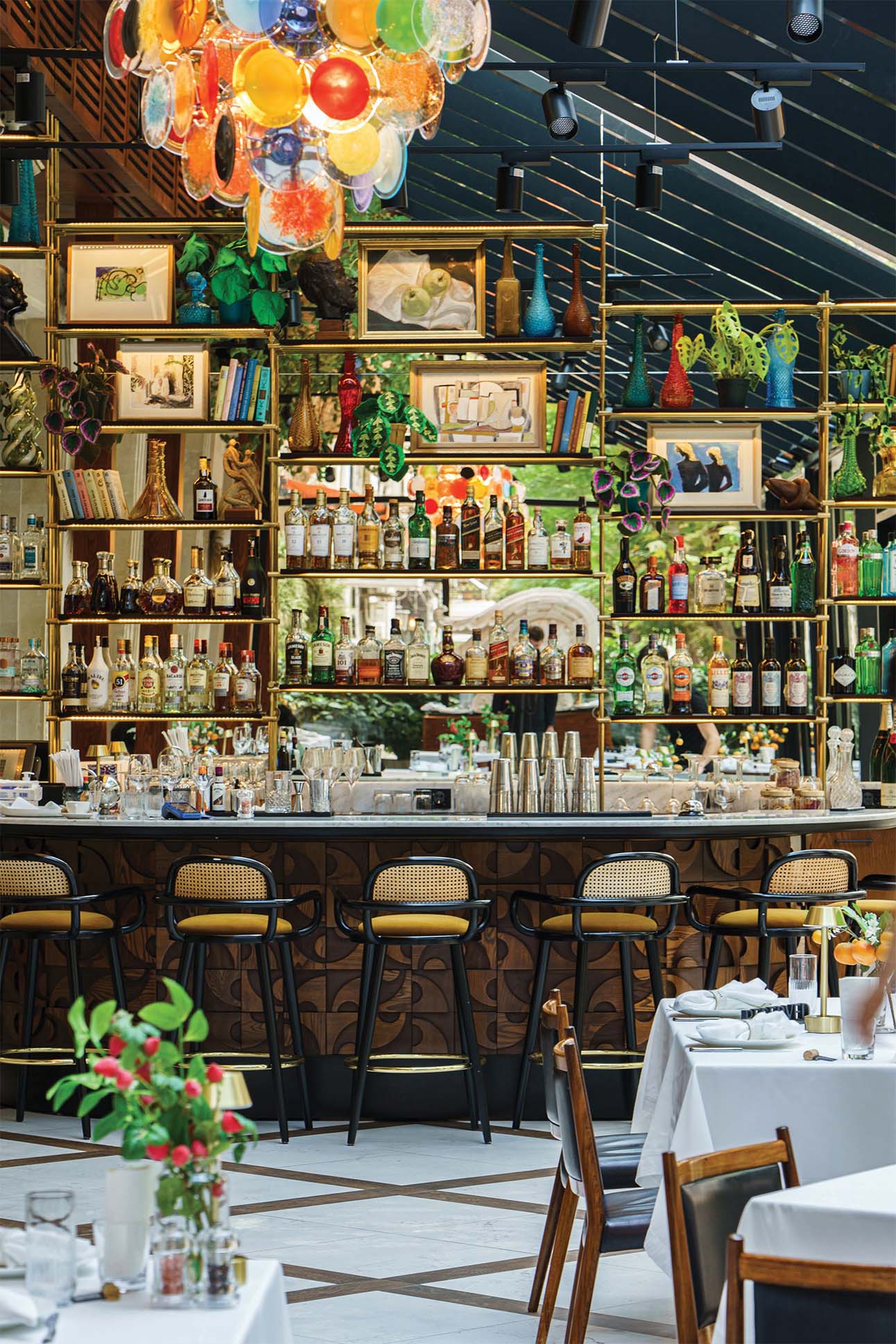
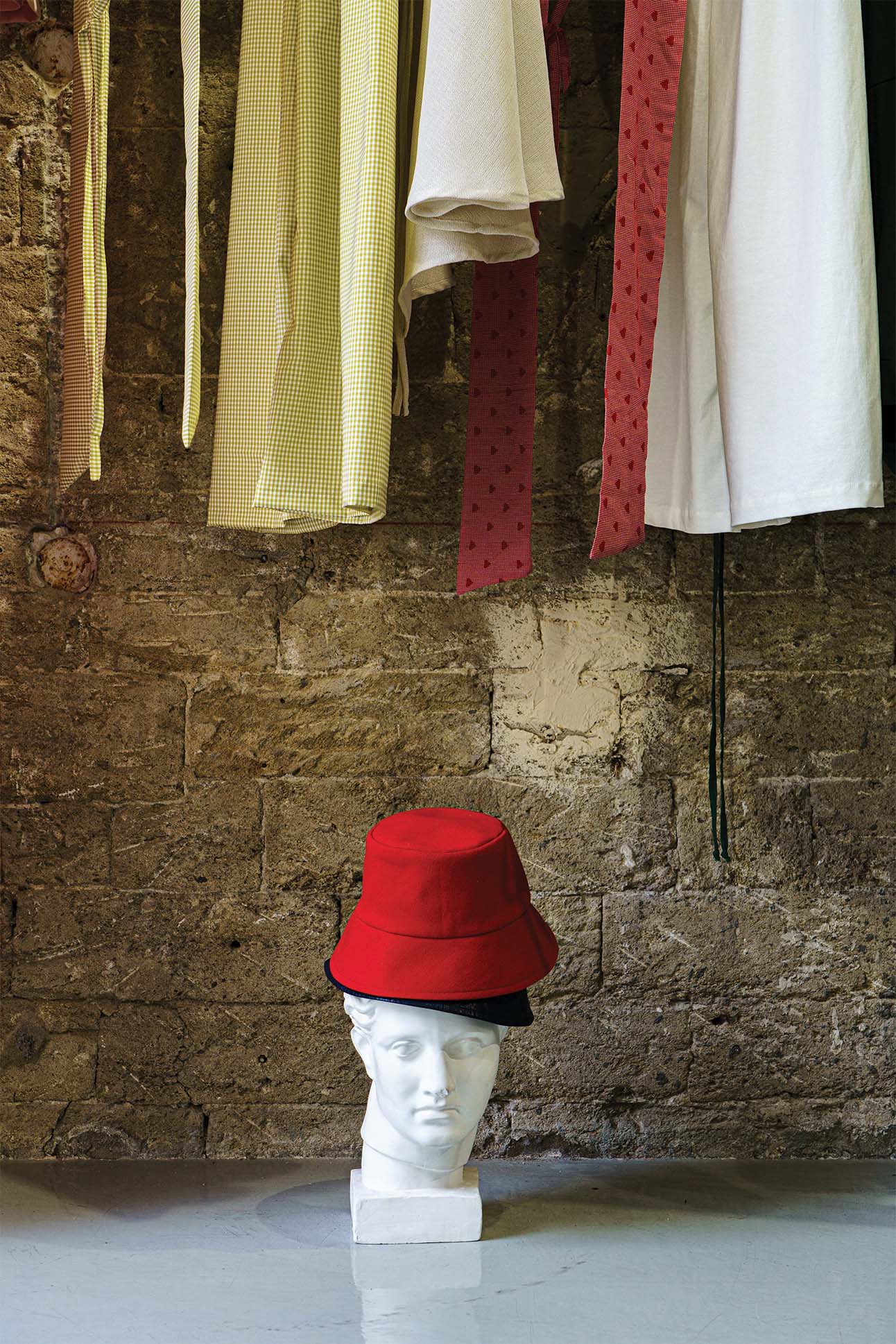
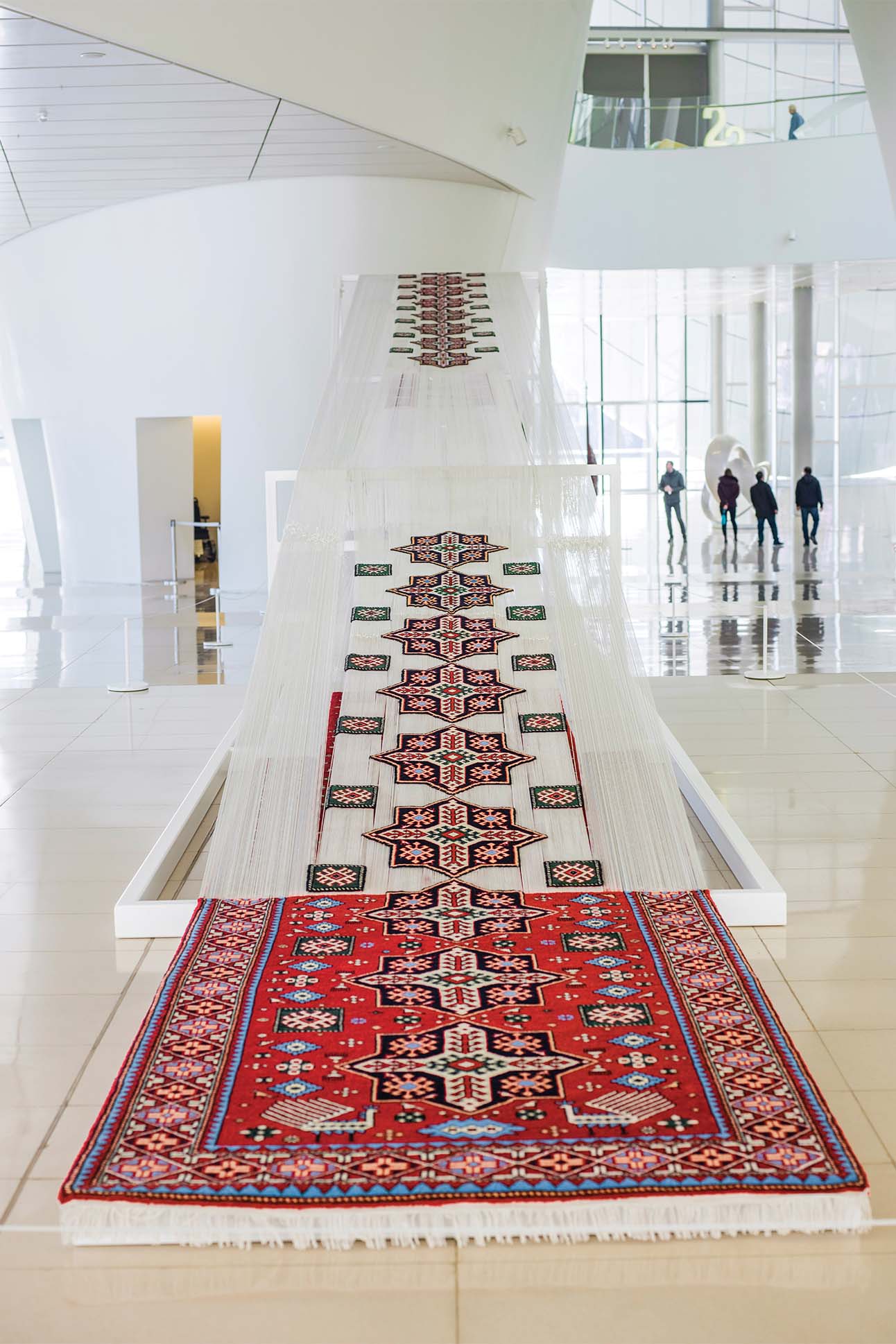
Most ambitious, though, is newcomer Chelebi, a housewares and accessories showroom on the perimeter of the ritzy Port Baku Mall. Conceived by a roster of local craftspeople and international designers, its solid-oak furniture, colorful ceramics, and textiles riff on pieces found in the archives of the Azerbaijan National Museum of Art. Hand-loomed blankets feature the folksy creatures found in the whimsical works of National Artist Rasim Babayev, while wooden folding screens and low-slung daybeds echo the intricate architecture of the country’s ancient mosques and fortresses.
There is a constant code-switch between past and present, often in the span of a single street, that gives Baku its fascinating edge. One moment, you’re standing in the shadow of a 15th-century caravanserai, tracing your fingers over stones that have weathered 500 years of history. The next, you’re inside the hip Gazelli House, a cluster of concept stores, a spa, and a cafe, sipping matcha lattes with Baku’s cosmopolitan in-crowd. At the Yashil Bazaar, vendors from around the country hawk and proffer dried fruits, pickles, and caviar as they’ve done for centuries, while smart restaurants and wine bars such as Kefli hum with the quiet confidence of a city that knows it—still—belongs on the world stage.
